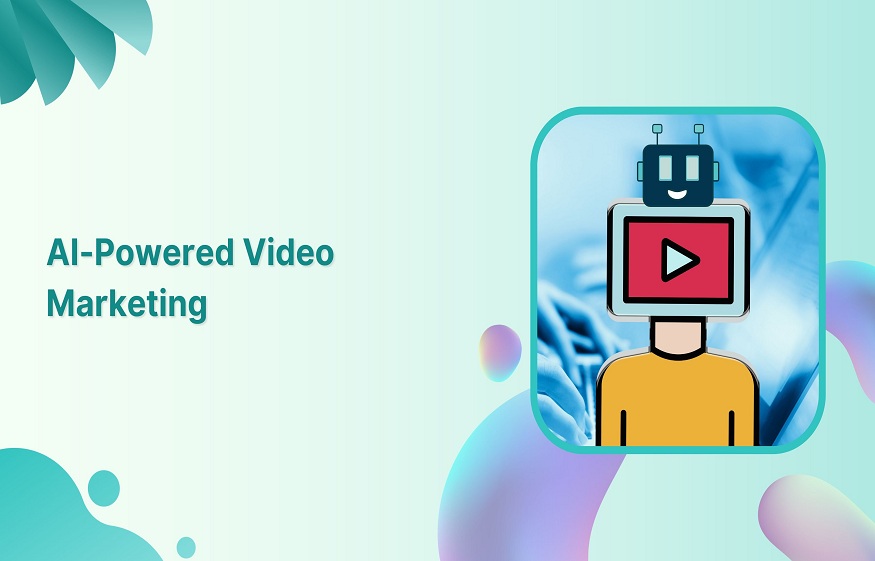
For years, television advertising relied on one-way broadcasts: brands bought commercial slots, hoping their audience happened to be watching. There was little targeting, minimal tracking, and almost no way to personalize messaging. That model is rapidly changing as streaming platforms take center stage.
Over-the-top (OTT) advertising has emerged as a modern solution, allowing brands to reach viewers precisely where they are, across devices, with measurable impact. It’s not just a digital version of TV—it’s a completely new approach to video marketing built on targeting, attribution, and cross-screen engagement.
What Is OTT Advertising?
OTT stands for “Over-the-Top,” which refers to video content delivered over the internet rather than traditional cable or broadcast. Brands can now serve video ads to viewers streaming content on connected TVs (CTVs), mobile devices, desktops, and tablets.
Key characteristics of OTT advertising:
- Precise Audience Targeting: Reach viewers based on demographics, interests, behaviors, location, and even intent signals.
- Measurable Results: Track view-through rates, impressions, ad completions, and conversions.
- Cross-Device Reach: Deliver campaigns that follow viewers across TV, mobile, and desktop.
- Creative Flexibility: Use personalized messaging and dynamic ad insertion at scale.
OTT blends the storytelling power of traditional TV with the precision and measurability of digital marketing.
Why OTT Advertising Outperforms Traditional TV
While traditional TV still captures large audiences, it comes with limitations: broad targeting, limited performance tracking, and high costs. OTT advertising addresses these challenges effectively.
- Targeting Over Guesswork
Brands no longer rely on estimated viewership; they can leverage first-party data, behavioral insights, and audience segments to reach the right customer. - Measurable Performance
OTT campaigns provide real-time insights into impressions, completion rates, engagement, and post-view actions. Advertisers can optimize mid-campaign instead of waiting for monthly reports. - Cross-Screen Impact
Viewers consume content on multiple devices. OTT campaigns extend reach across screens, improving frequency and maximizing touchpoints. - Cost Efficiency
Precise targeting reduces wasted impressions and increases return on ad spend (ROAS) compared to linear TV campaigns.
How Brands Are Leveraging OTT
OTT works best as part of a multi-channel marketing strategy. Smart advertisers integrate OTT across the customer journey to:
- Build Brand Awareness: Deliver immersive, high-quality storytelling to the right audiences.
- Reinforce Messaging: Retarget viewers who interacted with other channels, such as search or display.
- Drive Conversions: Encourage action with personalized calls-to-action (CTAs).
- Complement Other Channels: Pair OTT with SEM, programmatic, and social campaigns for a surround-sound effect.
For example, a local services company might serve a 15-second OTT ad during peak streaming hours, then retarget viewers with display ads or branded search campaigns the next day.
Data-Driven Audience Targeting
OTT advertising allows marketers to segment audiences with remarkable precision. Common targeting options include:
- Demographics: Age, gender, household income
- Interests & Lifestyle Segments
- Viewing Behavior & Device Type
- Location: ZIP code or geofenced areas
- Retargeting: Based on previous exposure or website visits
These layers enable brands to deliver the right message to the right person at the right moment—and track results effectively.
Measuring OTT Success
The true power of OTT lies in measurability. Advertisers can evaluate how exposure impacts actual business outcomes. Key metrics include:
- Impressions & Reach: Number of viewers and frequency of exposure
- Completion Rate: Percentage of ads watched in full
- Engagement: Post-view actions like website visits, conversions, or store visits
- Attribution: Identify which platforms, creatives, or audiences drove the best ROI
Advanced attribution models connect OTT exposure to conversions across channels, allowing marketers to optimize campaigns in real time.
OTT and Programmatic: The Perfect Pair
When delivered programmatically, OTT campaigns offer additional advantages:
- Automated bidding and placement across streaming inventory
- Audience-data-driven targeting
- Frequency caps and pacing controls
- Real-time optimization for cost efficiency
This combination ensures precision, scale, and performance without sacrificing targeting accuracy.
The Future of OTT Advertising
OTT is transforming video marketing, and its evolution shows no signs of slowing:
- Shoppable OTT: Interactive ads will allow viewers to purchase directly from the screen
- AI-Powered Targeting: Machine learning will enhance predictive delivery and audience segmentation
- Identity Graphs: Cross-device user journeys will become seamless
- Advanced Creative Optimization: Ads will dynamically adjust based on behavior, location, and preferences
Brands that embrace OTT strategies early will gain a competitive advantage in the streaming-first world.
Best Practices for OTT Campaigns
To maximize ROI, marketers should:
- Define clear campaign objectives: awareness, engagement, or conversions
- Build audience-first strategies using data-driven insights
- Invest in high-quality creative that captures attention
- Integrate OTT with search, display, and paid social channels
- Continuously track performance and optimize in real time
OTT advertising represents a fundamental shift in how brands connect with audiences. By combining the narrative power of television with the precision, measurability, and flexibility of digital, OTT enables marketers to deliver impactful campaigns across screens and devices.
For brands aiming to grow, compete, and thrive in the streaming era, OTT is no longer optional—it’s an essential performance channel. Leveraging OTT strategically ensures better targeting, stronger engagement, and measurable business results, positioning brands ahead in the new age of video marketing.
